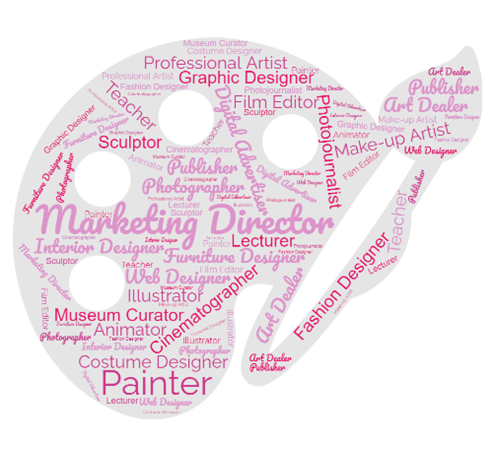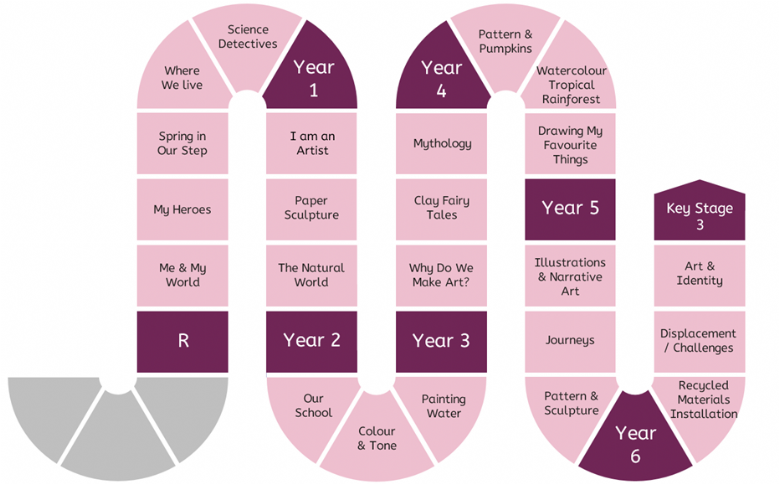Art & Design
Intent
Our art and design curriculum is designed to encourage our pupils to express themselves artistically, produce wonderfully creative outcomes, to explore new ideas and develop their confidence so they can excel in a broad range of artistic skills and techniques. Pupils will learn about artists and cultures that have influenced art throughout history and across the world. Many of the artists that pupils will study in our curriculum have been chosen to allow all pupils to see themselves reflected positively in the world of art and design. Included, are both well-known and much-celebrated artists and also artists who are less mainstream and less prominent from an art history perspective. Our curriculum is sequenced so that pupils gradually develop and build their practical, disciplinary and theoretical knowledge over time with the aim being that their art and design work is able to showcase their very best artistic, expressive and creative selves.
Our curriculum’s practical knowledge has been sequenced so that pupils are explicitly taught these aspects in small steps, allowing pupils to gradually build their understanding and mastery. There are artistic ‘vertical concepts’ that run through the entirety of our art and design curriculum – ‘formal elements’ (the parts needed to make a piece of artwork) and ‘control of materials’ (how to implement the formal elements). As pupils master these practical elements of the subject, they learn how to produce art more effectively.
Our curriculum has also been designed to ensure that core disciplinary knowledge is explicitly taught, and gives pupils the ability to master the skills needed to become artists. This disciplinary knowledge or ‘Working as Artists’ elements of the art and design curriculum have been mapped out throughout each year group to ensure pupils have many opportunities to apply their art skills.
- What is art? Pupils learn about the diversity of artistic outcomes, the purpose and the meaning of art, and how it has been part of much of human history.
- What do artists do? Pupils learn about how artists are influenced by their own contexts and world views, and present this world view through their art; they can choose to accurately represent the world around them, express themselves and/or challenge others’ world views through their art.
- What inspires artists? Pupils learn about the range of ways that artists – and that pupils as artists – can be inspired.
Implementation
To ensure the successful implementation of our art and design curriculum, we use teaching and learning strategies that ensure pupils can talk about, replicate and create amazing art.
- Lessons include many opportunities for pupils to engage in discussions about the artwork, artists or artistic movements.
- Pupils learn how to effectively critique the artwork they are exploring.
- Pupils develop their sense of artistic vision through observation and experimentation, practicing and refining their designs.
- Pupils use a wide variety of media and resources.
- Pupils continually reflect and evaluate their own art and design work.
- Lessons include demonstrations and guided instructions so pupils improve their accuracy and manipulation of media.
- Artistic terminology and vocabulary are used accurately.
ART & Design Roadmap

Key Documents
Entire Art & Design Curriculum - PDF Version

To find out more about our curriculum please contact the school office.
